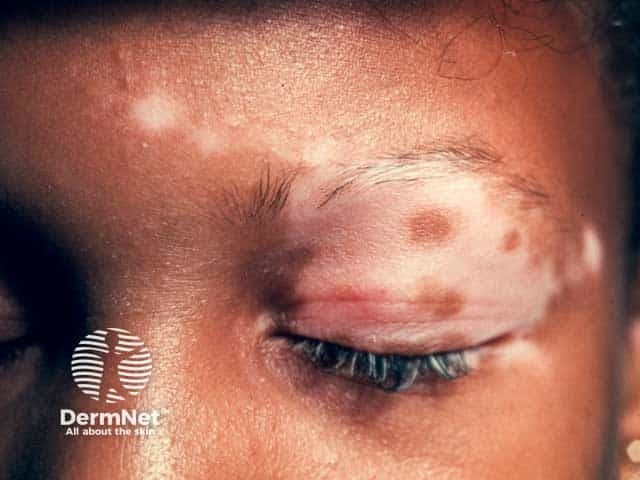Scientists at the Wayne State University School of Medicine have published research into Parkinson’s disease that could serve as a road map for exploring therapies to slow the progression of, or even prevent,…
Category: 6. Health
-
The best — and worst — foods for your gut microbiome
Every time you eat a meal, you’re hosting a dinner party. Your guests are the trillions of microbes that live in your gut.
These hungry microbes, collectively known as your gut microbiome, directly affect your long-term health for better or for…
Continue Reading
-
Mayo Clinic researchers discover ‘traffic controller’ protein that protects DNA, and may help kill cancer cells
ROCHESTER, Minn. — Mayo Clinic researchers have identified a protein that acts like a traffic controller for DNA, preventing damage during cell division — a discovery that could lead to new cancer therapies,…
Continue Reading
-

Researchers warn of rare, dangerous type of breast cancer on the rise
A rare but dangerous form of breast cancer is on the rise in the United States, a new report says.
Lobular breast cancer rates are rising three times as fast as all other breast cancers combined, 2.8% per year versus .8% per year, researchers…
Continue Reading
-
Just a moment…
Just a moment… This request seems a bit unusual, so we need to confirm that you’re human. Please press and hold the button until it turns completely green. Thank you for your cooperation!
Continue Reading
-

Largest study of African American brain tissue reveals key Alzheimer gene activity
The prevalence of Alzheimer disease (AD) is approximately two times higher in African Americans (AA) compared to White/European-ancestry (EA) individuals living in the U.S. Some of this is due to social determinants of health such…
Continue Reading
-

Ireland launches next phase of national precision oncology program
Today (8th October), Ireland’s Minister for Further and Higher Education, Research, Innovation and Science, James Lawless TD, launched Phase 2 of the country’s leading and largest ever cancer research program, Precision Oncology…
Continue Reading
-

Japan’s registry transforms outcomes for infants with biliary atresia
Biliary atresia (BA) is the leading cause of liver failure in infants, marked by progressive destruction of the bile ducts. Until the late 1950s, the disease was universally fatal, with no effective treatments. The development of…
Continue Reading
-

Engineered Salmonella therapy delivers immune payloads to combat cancer
A new research paper was published in Volume 16 of Oncotarget on October 6, 2025, titled “ACTM-838, a novel systemically delivered bacterial immunotherapy that enriches in solid tumors and delivers IL-15/IL-15Rα and STING…
Continue Reading
-

Vitiligo Disease Duration Linked to Depression Severity | Dermatology Times
Emotional distress, including anxiety, depression, and stress, is prevalent among patients with vitiligo, often exacerbating disease perception and treatment adherence.1 While physical activity (PA) is known to mitigate psychological symptoms in…
Continue Reading
